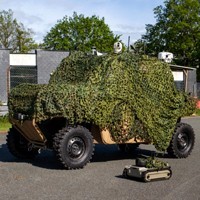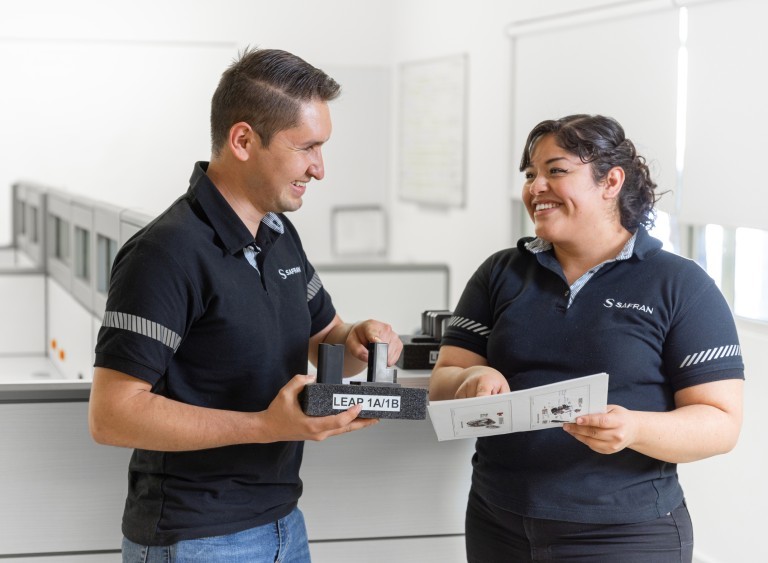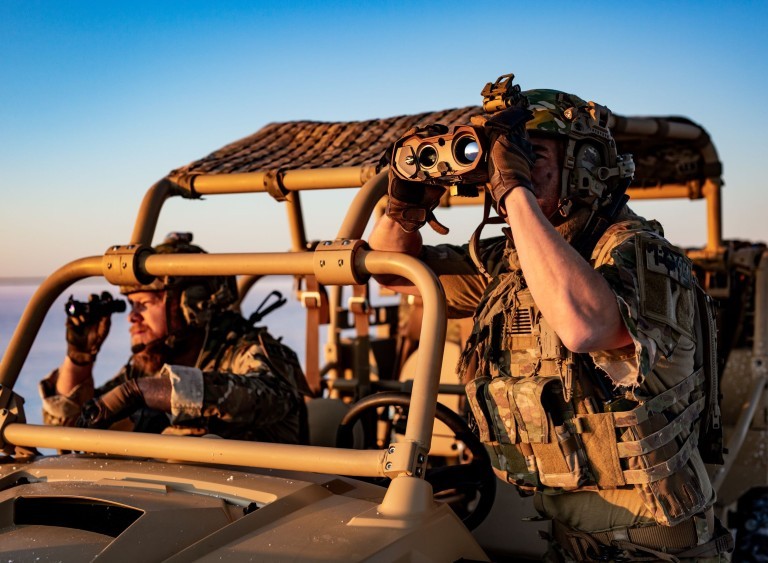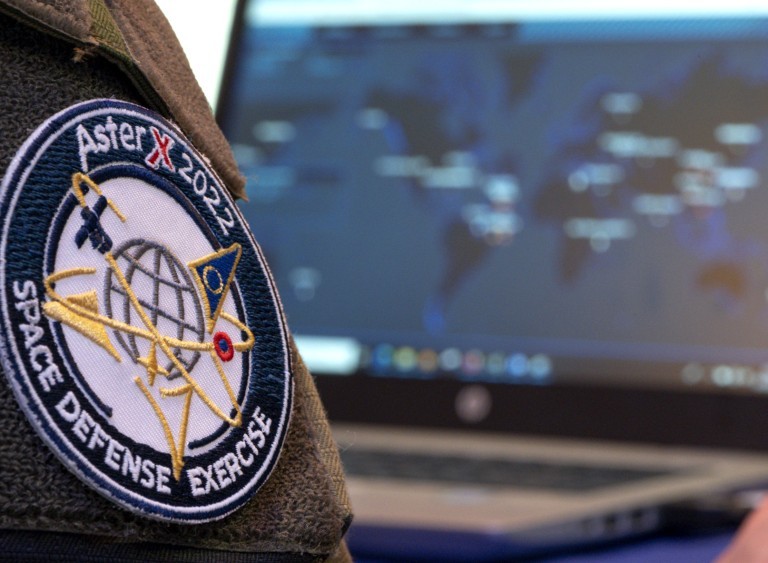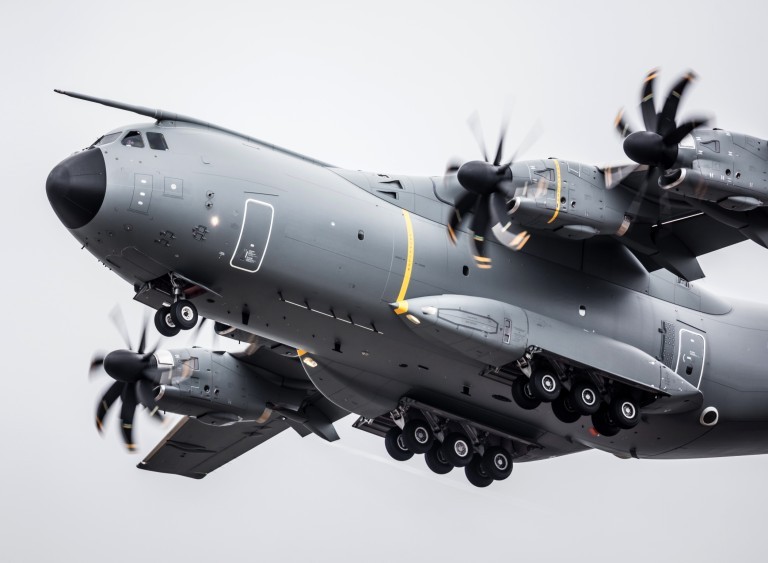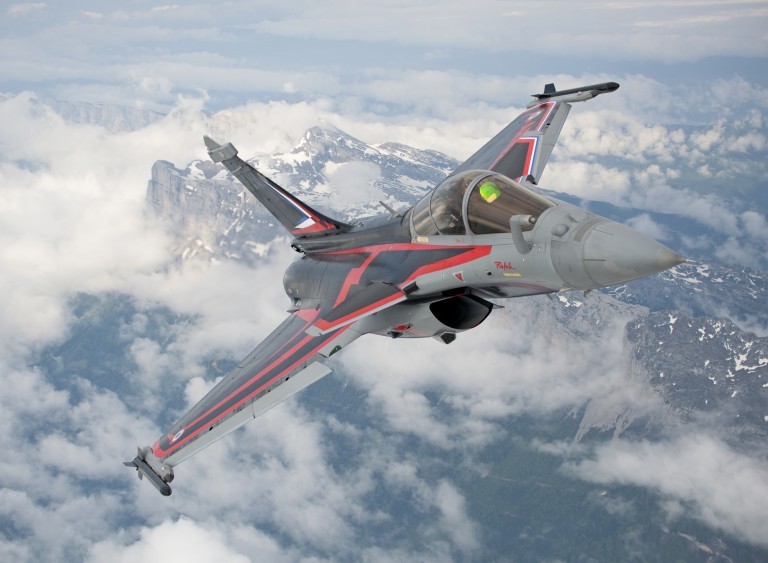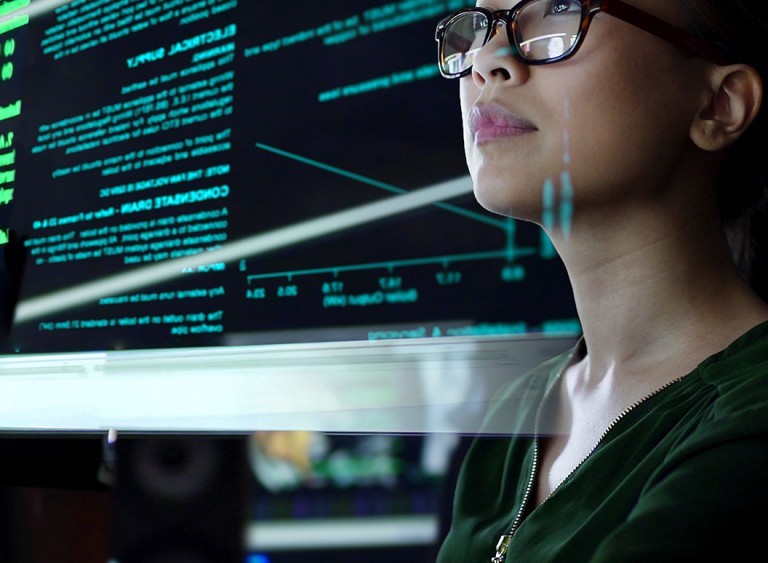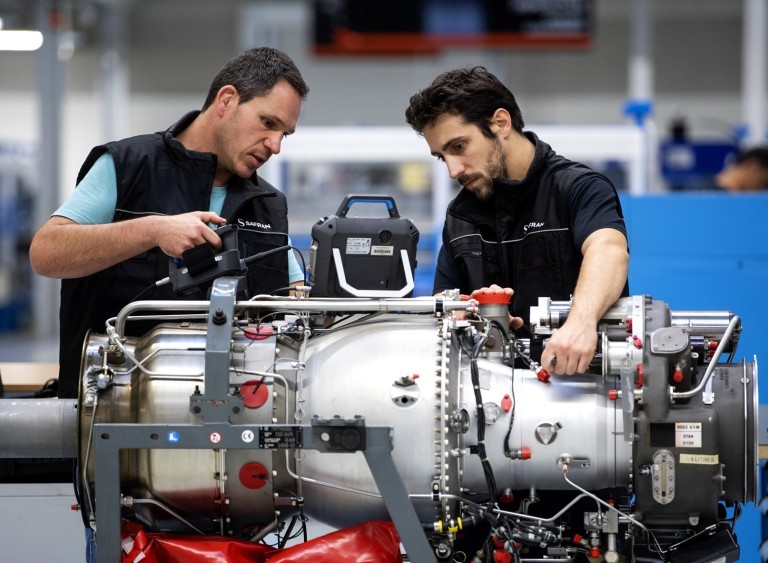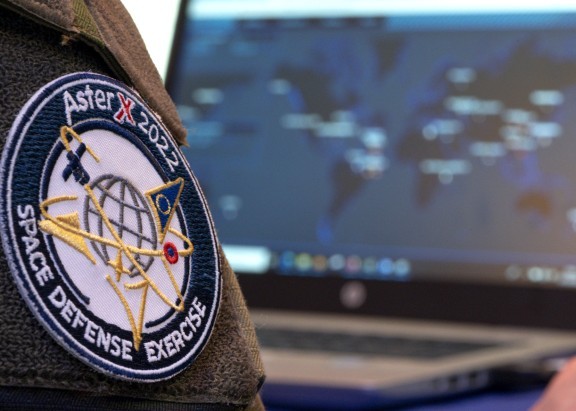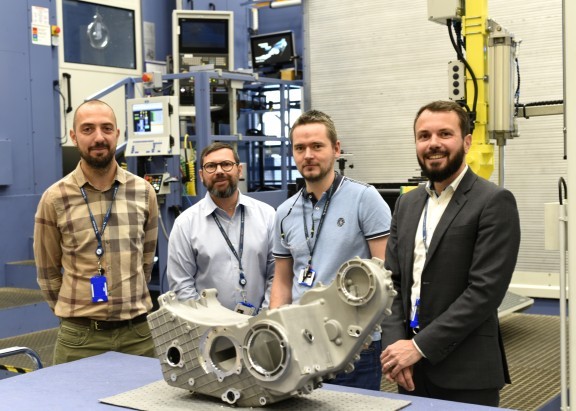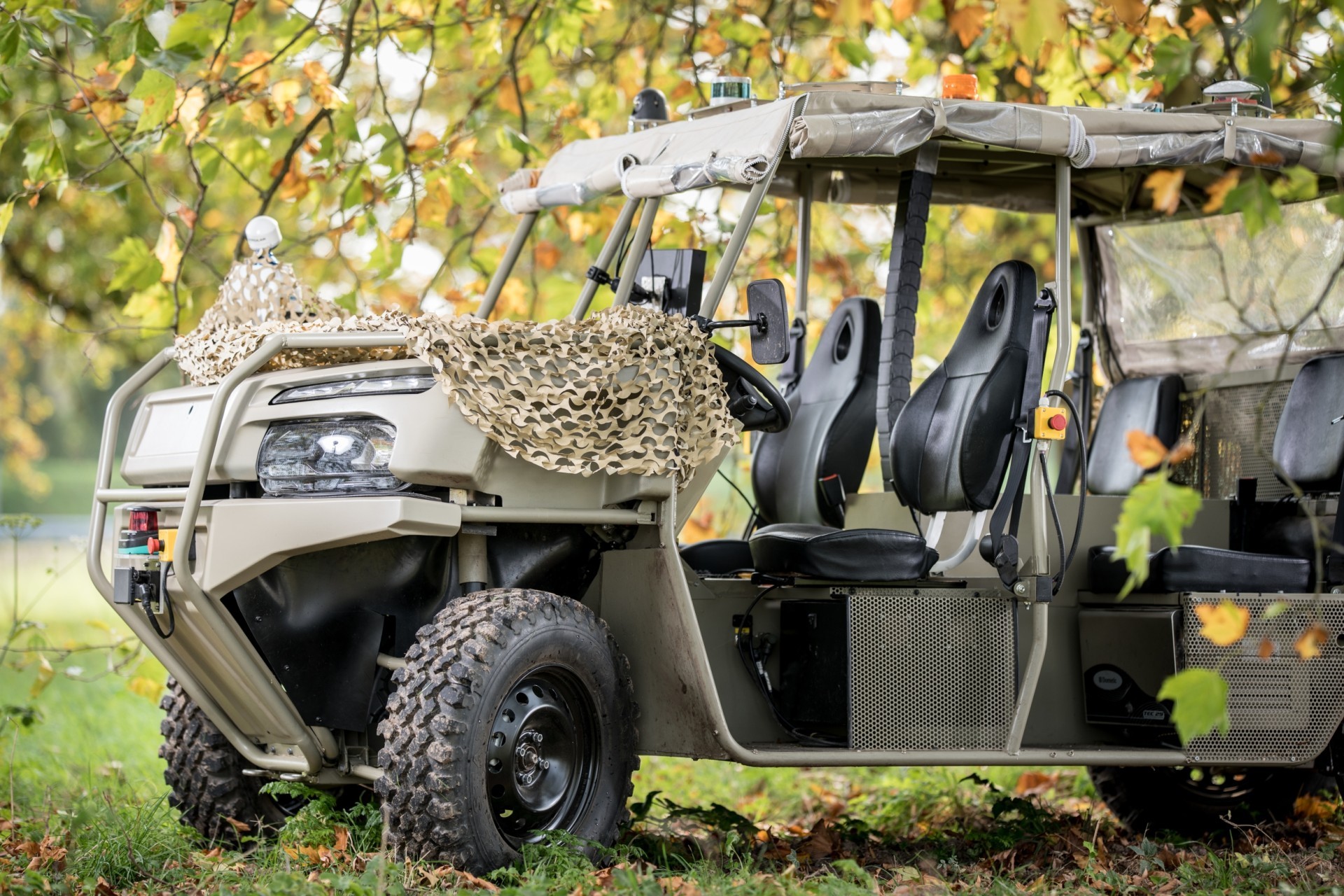
FURIOUS, A PROGRAM TO ROBOTIZE THE BATTLEFIELD
Christophe Guettier joined Safran Electronics & Defense in 2004. He was put in charge of the FURIOUS program when Safran won the contract from the French defense procurement agency (DGA) in 2017. FURIOUS will develop three robot demonstrators to support infantry soldiers. We spoke to Christophe to get an update.
- Snapshots
- Success
- Photo Report
- At a glance
- Discovery
Safran Electronics Defense wins the FURIOUS tender
Read more
The FURIOUS program has made significant progress since 2017. Where does it stand today?
Christophe Guettier: We’ve already come a long way, and taken several major steps. Most of the automation functions have been developed. We’ve tested our systems in a virtual environment, then carried out operational trials in an actual environment with the French army’s VULCAIN robotics unit, all under the direction of France’s defense procurement agency the DGA.
What’s next?
C. G.: We now have to evaluate our demonstrators’ performance in a so-called “destructured” environment, which reproduces actual battlefield conditions and all its uncertainties, unknowns and operational risks. Within this environment, the three demonstrators (robotic vehicle, micro-drone and robotic soldiers 1 and 2) will be capable of moving and performing forward observation – which means coupling navigation and observation. Depending on the mission and context, these robots could be highly independent from humans, while interacting effectively with their human counterparts when needed. In other words, during this phase we’ll have to develop more robust functions than robots have offered till now.
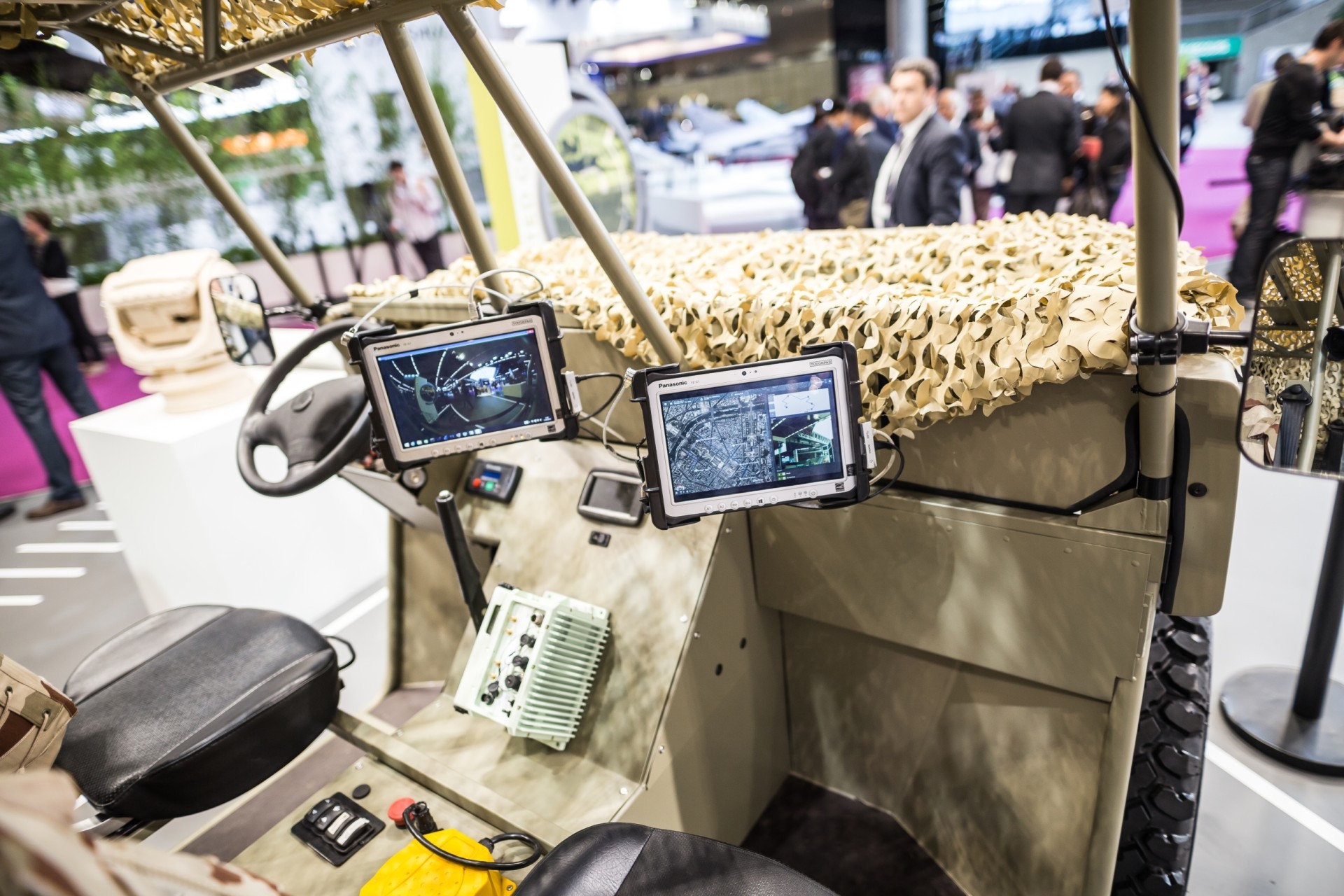

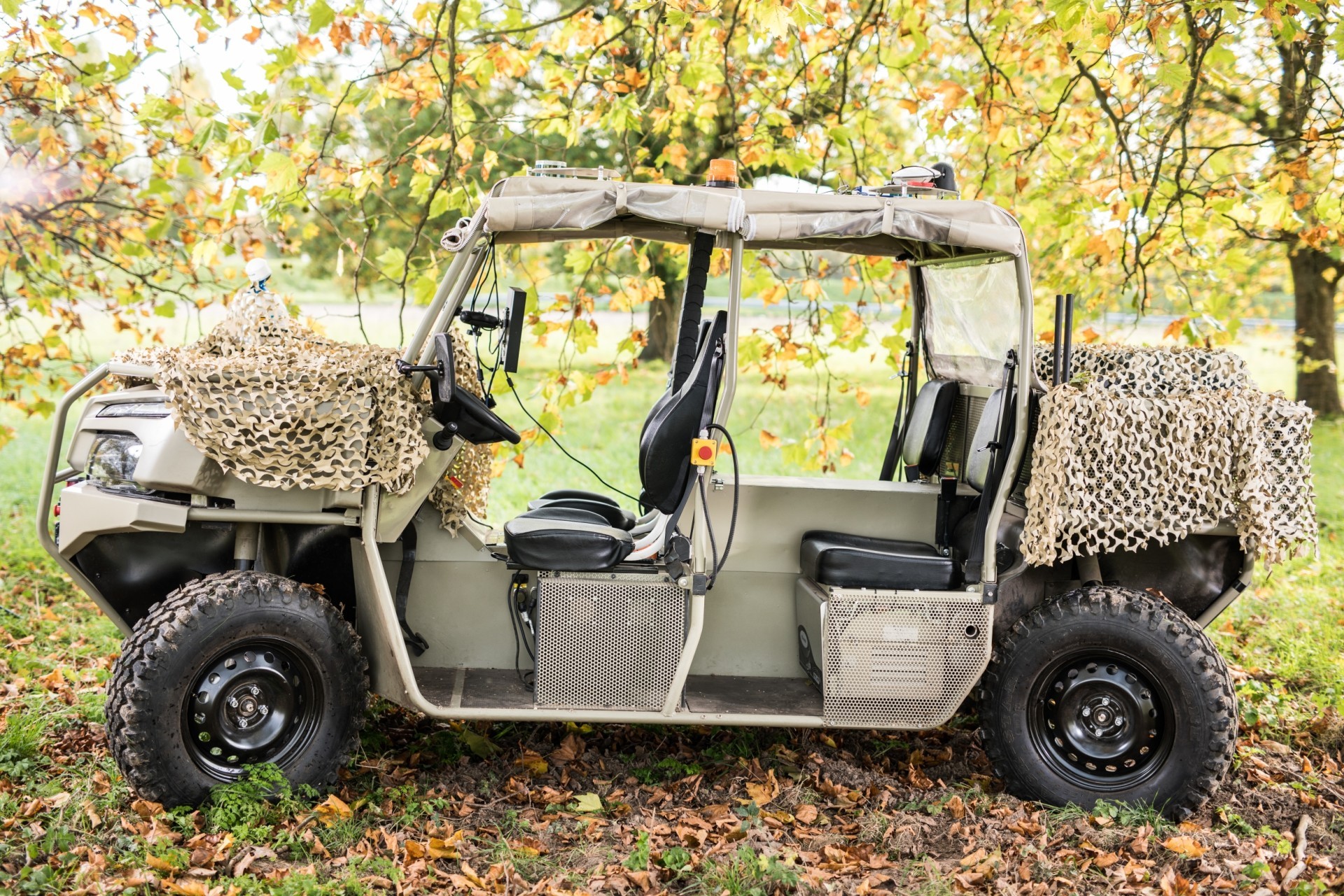
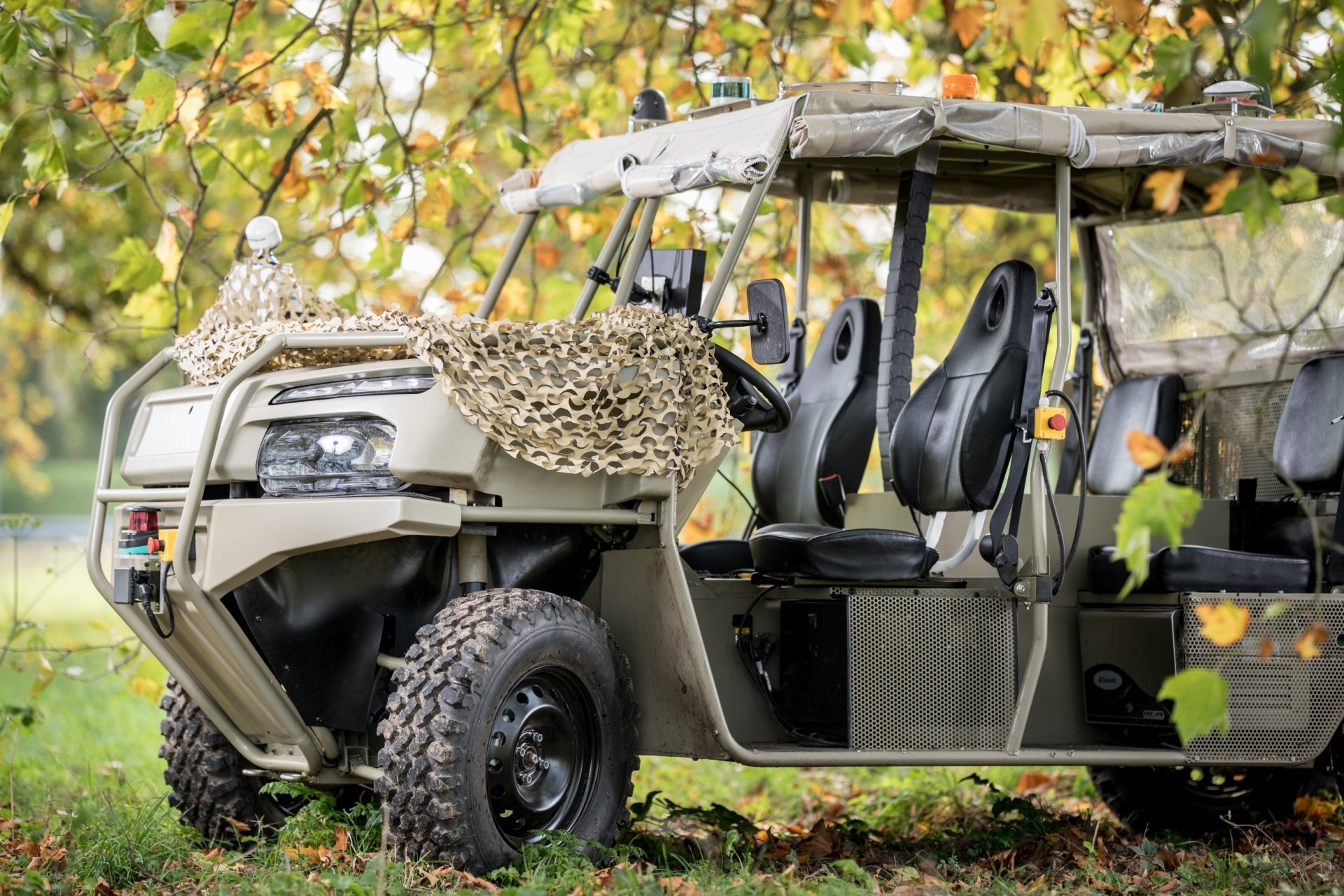

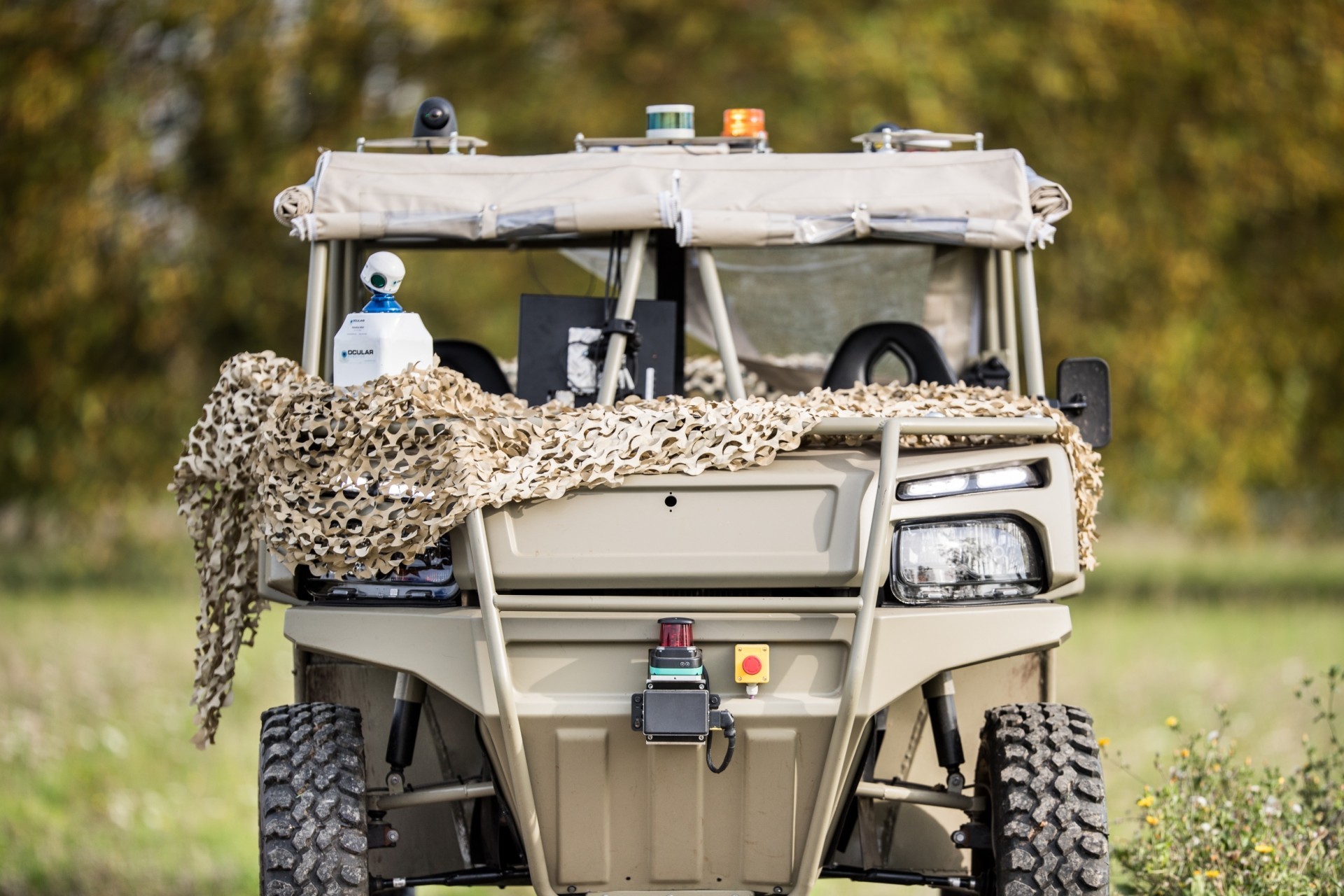
Between the e-tracer, micro-drone and robotic soldiers, what’s the main aim of the FURIOUS program?
C. G.: The primary goal is to develop prototypes so we can study the autonomy functions and how robots interact with an infantry or cavalry platoon. For example, a robot could be used to explore a building instead of soldiers, and to make initial contact. The robot should be able to replace a soldier under conditions where humans would be vulnerable. We would then transition towards more versatile robots with mission-specific functions, or capable of operating in especially hostile environments.
The main challenge is ensuring that the robot can interpret its environment, which may be highly destructured, and make the right decisions, which requires significant computing power. But that’s still a medium-term objective. For the moment, the idea is to deploy the first robots, offering basic autonomy and operating alongside humans, between 2025 and 2030.
robots in the FURIOUS program
Focus
Robots in the FURIOUS program were initially designed for asymmetric combat, such as guerilla warfare or anti-terrorism. Today, the operating concept for these robots has shifted towards high-intensity and overlapping conflicts which subject soldiers to greater exposure and danger. Imagine extreme cases in the future, however, with robotic systems fighting each other directly. People will still be in the decision loop, with the emergence of multimodal conflicts involving both humans and robots in complementary roles.
Land robotics: Safran wins new contract for French FURIOUS program
Discover